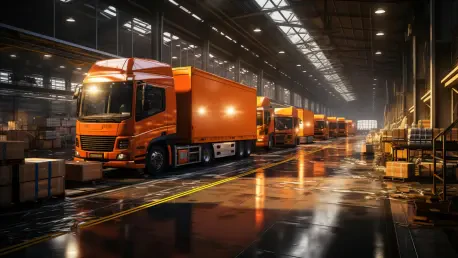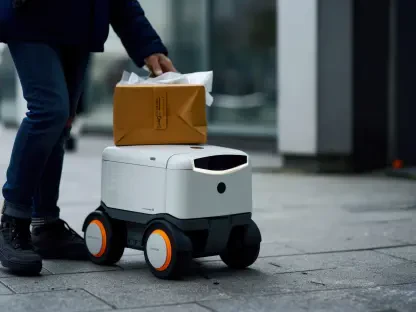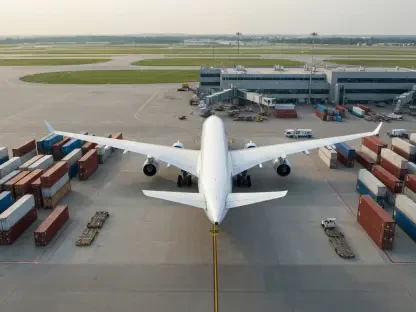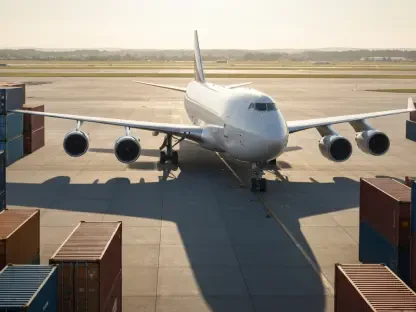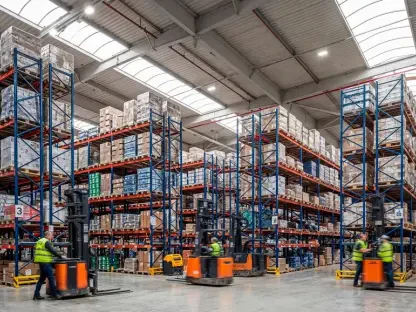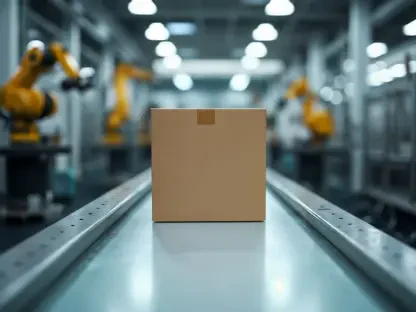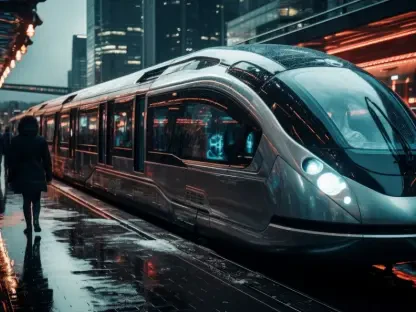Autonomous delivery fleets were once viewed as a distant possibility in the world of logistics, but this year, they are quickly becoming a practical part of everyday operations. The logistics industry is quietly undergoing a transformation, driven by advances in artificial intelligence, the emergence of electric vehicles, ongoing labor shortages, and a growing focus on sustainability. For leaders in the supply chain, retail, or transportation industries, the question is not whether automation will impact their business, but when they will feel the effects of automation and how soon they can adapt to it. Keep reading to see what leading companies are doing to achieve this, and learn all about the latest developments in this field.
The Era Of Autonomous Logistics Is Unfolding In Real Time
Recent progress in the United States highlights just how much the autonomous movement is taking hold. Aurora Innovation, a major developer of self-driving technology, is now operating fully driverless freight trucks along a 200-mile route between Dallas and Houston. These trucks run with no one behind the wheel, covering over 1,200 miles each week across Texas highways. The company also has plans to expand its network to include cities like Phoenix and El Paso later this year.
At the same time, Volvo Autonomous Solutions has teamed up with DHL to begin autonomous freight operations along the same Texas corridor, blending self-driving technology with established logistics systems. These aren’t just trial runs—they represent the early stages of a new way of working, where freight can move nonstop, without the need for breaks or shift changes.
Gatik is a prominent representative of scalable automation in the middle-mile industry. At this point, the company already has Level 4 autonomous box trucks running on selected routes serving such large retailers as Walmart, Kroger, and Loblaw. They are not some experimental endeavors. Gatik is operating hundreds of vehicles and is currently introducing the electric drivetrain to its fleet, which will open the door to the combination of artificial intelligence and sustainability.
Last-Mile Delivery Is Being Reimagined
Automation is even changing the last mile, which is the most difficult and expensive leg of deliveries. Starship Technologies has already deployed over 2,000 sidewalk robots in European and North American cities. The small autonomous robots have already made more than seven million deliveries, traveling 8.5 million miles. In the UK, they have assisted in avoiding approximately 280,000 car journeys and have avoided over 137 tons of CO2 emissions. Automation of the final stages of delivery is also a prime Amazon investment. To further stretch the boundaries of its delivery capabilities and efficiency, the company recently introduced a program to integrate its Rivian electric vans with humanoid delivery robots, beginning with a pilot program in San Francisco in the appropriately named humanoid park.
The economic gains of such innovations are tremendous. Recent research shows that the global autonomous last-mile delivery market size is estimated at USD 6.57 billion in 2025 and is predicted to surpass around USD 44.56 billion by 2034, expanding at a compound annual growth rate of 23.70% between 2025 and 2034. The North American market size accounted for USD 2.50 billion in 2024 and is expanding at a compound annual growth rate of 23.80% during the forecast period, according to a Precedence Research report. The market sizing and forecasts are revenue-based (USD Million/Billion), with 2024 as the base year. All in all, fuel efficiency, improved use of resources, and reduced labor costs bring the range of operational cost savings to 20-40 percent.
Predictive Analytics and AI Route Optimization
Many of these new advances are being made by artificial intelligence. Predictive analytics and AI-enhanced optimization of routes allow companies to cut down on idle time and deliver in 15% less time or more. Autonomous trucks in the freight business can consume far less fuel because of automated scheduling and other technologies such as platooning. It has been found that logistics firms implementing AI and automation would be able to reduce their expenses by 510 percent and realize up to 25 percent efficiency gains in delivery processes.
While very exciting, the introduction of AI into the logistics realm is not a bed of roses. Safety remains a priority. Although trucks are completely driverless, such as the ones produced by Aurora, many companies employ safety drivers or simply operate autonomous trucks only during daytime and in clear weather. Regulatory concerns are also major factors. Although some states, such as Texas and Florida, have enacted regulations in favor of driverless commercial cars, the regulations remain inconsistent at both the national and international levels. In Europe, there are pilot schemes already, such as in Germany and the Netherlands, but approval can be itchy and unreliable.
Besides technical and regulatory issues, another key issue is infrastructure. The fully automated vehicles will need a strong support infrastructure, including high-resolution digital maps, roadside sensors, vehicle-to-everything (V2X) communication, and high-speed charging networks in electric vehicles. Cities such as Atlanta are already investing in smart freight corridors, although the overall preparedness is yet to be established.
Another factor of interest should be public opinion. A consumer survey by Deloitte predicts that, although 63 percent of consumers support automation, only 45 percent would trust a completely autonomous delivery vehicle to arrive at their door. People are still arguing about the effect on employment, as well. Even though automation has the potential to jeopardize certain driving jobs, most companies view it as an opportunity to assist rather than substitute the human labor force. Such new jobs as remote operators, robot handlers, and fleet analysts are already beginning to emerge in autonomous logistics.
So, What Should Business Leaders Do To Prepare?
First, it is important to understand where autonomous solutions can most effectively be integrated into the existing logistics network. Repeated middle-mile routes, hub-to-hub corridors, and controlled last-mile environments (college campuses or gated communities) are safer places to start. City leaders ought to team up with companies that already have successful operation records, such as Aurora, Gatik, and Starship, and explore pilot program introductions in these regions.
Businesses must also invest in the infrastructure required to facilitate autonomous automobiles. This requires scaling EV charging, integrating with telematics, and revising fleet management software to AI-powered operations.
Equally important is workforce planning. Logistics organizations ought to begin preparing drivers for new roles such as remote operation, safety management, and technical support. A few of the early adopters are already investing in training and piloting programs and are taking the opportunity to move employees into more productive roles.
Finally, the organizations must have a clear upscaling plan. That means establishing specific parameters, such as cost per delivery, accelerated delivery speed, or a decrease in CO2 emissions, during pilot programs and plans to expand geographically and operationally after achieving those targets.
Final Thoughts
Looking ahead, the development of autonomous delivery is gaining momentum. Aurora expects to put dozens of fully driverless trucks on regular routes in the coming year. Amazon is expanding its humanoid robot program to additional cities in the United States, and Walmart is extending its drone delivery service, which is currently available in five cities, with more expansion planned. With Europe and Asia-Pacific advancing in the same way, the world supply chains are about to reach a new stage with autonomous vehicles and AI-based logistics.
While offering significant economic benefits and efficiency gains, challenges remain regarding safety, regulation, infrastructure, and public perception. To prepare, businesses should strategically integrate autonomous solutions, invest in supporting infrastructure, plan for workforce retraining, and establish clear scaling objectives. The future of global logistics is increasingly reliant on autonomous vehicles and AI-driven processes.
